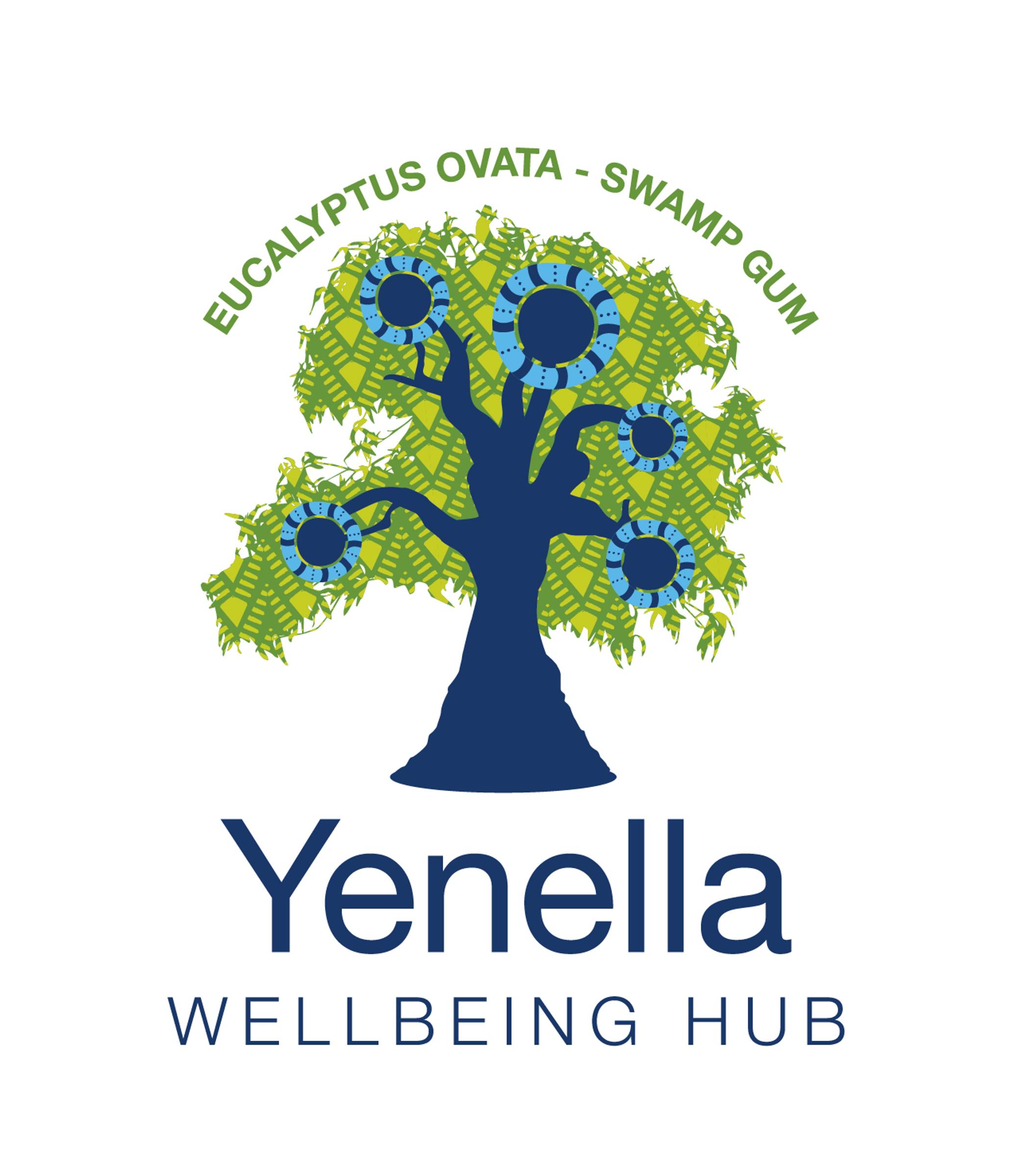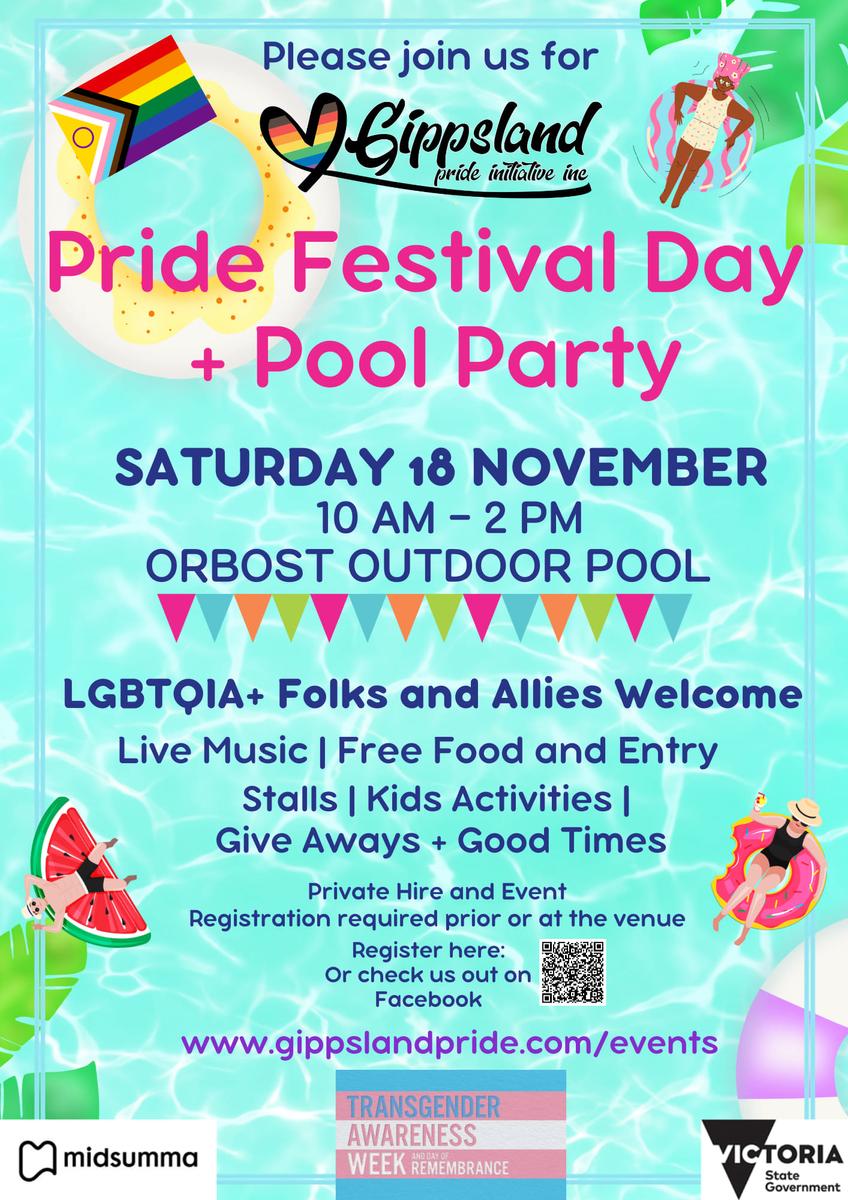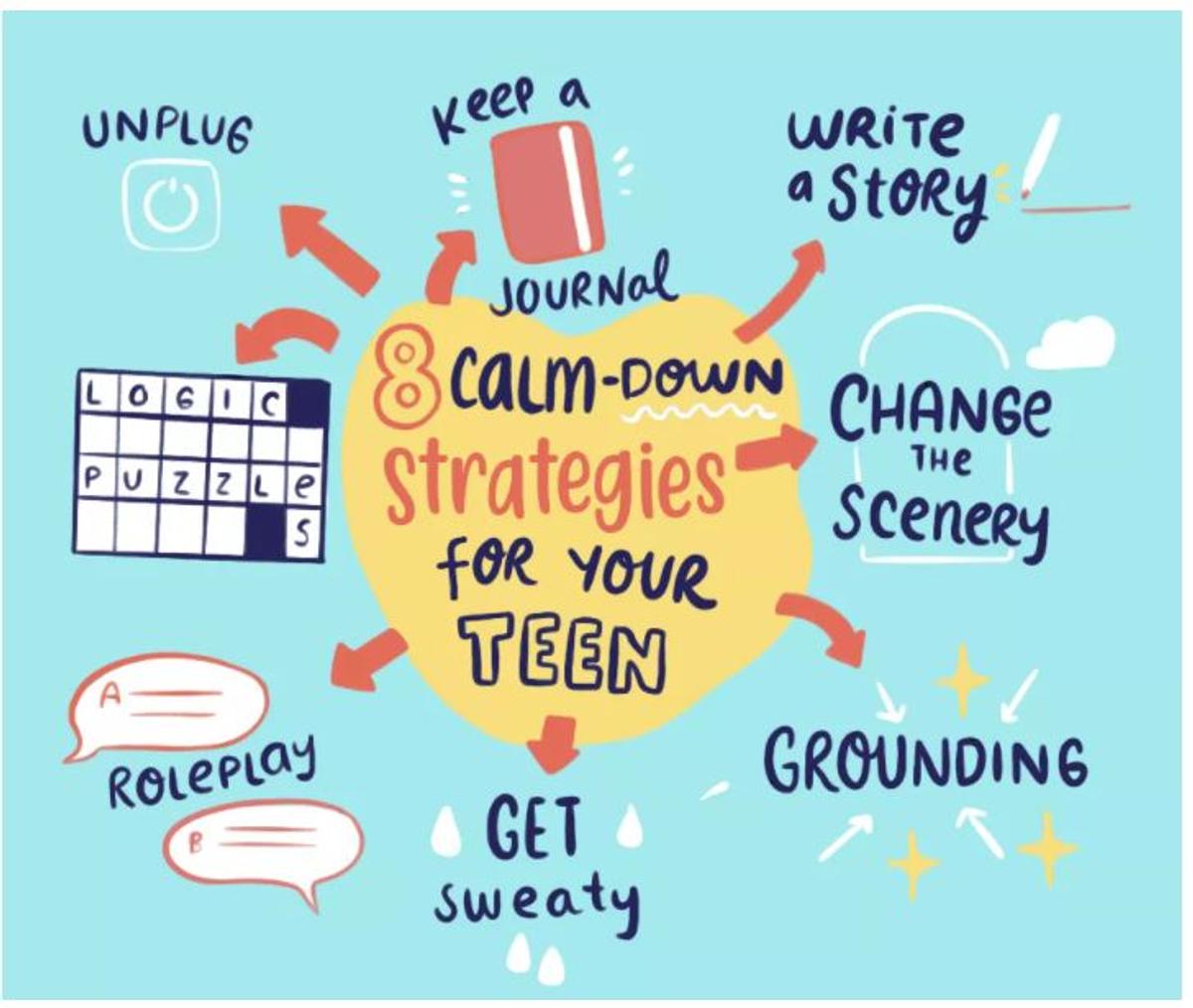Wellbeing

SELF-REGULATION
Self-regulation is the ability to understand and manage your behaviour and reactions to feelings and things happening around you. It includes being able to:
- regulate reactions to strong emotions like frustration, excitement, anger and embarrassment
- calm down after something exciting or upsetting
- focus on a task
- refocus attention on a new task
- control impulses
- behave in ways that help you get along with other people
Why self-regulation is important
As your child grows, self-regulation helps them:
- learn at school – because self-regulation gives your child the ability to sit and listen in the classroom
- behave in socially acceptable ways – because self-regulation gives your child the ability to control impulses
- make friends – because self-regulation gives your child the ability to take turns in games and conversation, and to express emotions in appropriate ways
- become more independent, because self-regulation gives your child the ability to make appropriate decisions about behaviour and learn how to behave in new situations with less guidance from you.
How and when self-regulation develops
Children develop self-regulation through warm and responsive relationships. They also develop it by watching the adults around them. Self-regulation starts when children are babies. It develops most in the toddler and preschool years, but it also keeps developing right into adulthood. For example, babies might suck their fingers for comfort or look away from their caregivers if they need a break from attention or are getting tired. Toddlers can wait short times for food and toys. But toddlers might still snatch toys from other children if it’s something they really want. And tantrums happen when toddlers are overwhelmed by strong emotions. Pre-schoolers are starting to know how to play with other children and understand what’s expected of them. For example, a pre-schoolers might try to speak in a soft voice if you’re at the movies. School-age children are getting better at controlling their own wants and needs, imagining other people’s perspectives and seeing both sides of a situation. This means, for example, that they might be able to disagree with other children without having an argument. Preteens and teenagers are better at planning, sticking with difficult tasks, behaving in socially appropriate ways, and considering how their behaviour affects other people. For example, your teenage child might think about your perspective when they’re negotiating with you about their curfew.
Helping children and teenagers learn and practise self-regulation
Here are some practical ways you can help your child learn and practise self-regulation:
- Work on your child’s skills for understanding and managing emotions.
- Use calming down steps for pre-teens and teenagers.
- Involve pre-teens and teenagers in problem-solving and negotiating difficult situations. For example, ‘I'm working all weekend, so I know it’ll be boring for you. Let’s figure out how you can make the most of the time’.
- Praise your child when they show self-regulation and manage a tricky situation. For example,
- Try to model self-regulation for your child. For example, ‘I’d really like to keep gardening, but if I don’t clean up now I won’t get you to soccer on time’. Or ‘Let me write that on the calendar so I don’t forget’.
Problems with self-regulation
From time to time, different things can affect your child’s ability to self-regulate. For example, tiredness, illness and changes to your child’s routine can all affect your child’s ability to regulate their reactions and behaviour. Also, some children have great self-regulation at childcare, school or sport, but find it hard at home. Other children struggle in busy, noisy places like shopping centres. And as children get older, self-regulation might be challenging if they have a lot of assessment tasks or relationship difficulties. Although these problems with self-regulation are fairly typical, it’s a good idea to speak with a professional if you’re worried about your child’s behaviour or you’re having trouble with your child’s behaviour as they get older. For example, you could talk to your GP, your child and family health nurse, or your child’s childcare educator or teacher. Consider seeking professional help if your child:
- seems to have more tantrums or difficult behaviour than other children of the same age
- is behaving in difficult or out-of-control ways more often as they get older
- is behaving in ways that are dangerous for themselves or others
- is difficult to discipline and your strategies for encouraging positive behaviour don’t seem to be working
- is very withdrawn and has a lot of trouble interacting with others
- doesn’t seem to have as many communication and social skills as other children of the same age.
# Article credit – raisingchildren.com.au
UPCOMING EVENTS
TIME TO BE SUN SMART
The warmer months are fast approaching which generally means that we will all start spending a lot more time in the great outdoors. We know families love getting out and about and being active, but being outdoors also means more exposure to UV radiation. Australia has one of the highest rates of skin cancer in the world with over 2,000 Australians dying from skin cancer each year. More than two in three Australians will be diagnosed with skin cancer in their lifetime and is the most common cancer diagnosed in Australia – yet it can be almost entirely prevented with good sun protection.
What is UV?
In Australia, we’re exposed to some of the harshest and most dangerous levels of ultraviolet (UV) radiation in the world. UV is a type of energy produced by the sun and some artificial sources. It can’t be seen or felt so it’s important to have technology to help us monitor and communicate the level of UV radiation from the sun at all times.
What is the UV Index?
The World Health Organization's Global Solar UV Index measures UV levels on a scale from 0 (Low) to 11+ (Extreme). The UV level is affected by several factors including the time of day, time of year, cloud cover, altitude, location and surrounding surfaces. Most parts of Australia have high levels of UV radiation from the sun all year round. UV radiation cannot be seen or felt and is not related to temperature.
When to protect your skin from UV
UV levels can be harmful on warm, sunny days and on cool, cloudy days too. When the UV levels hits 3 (Moderate) or above, cover up from UV and protect your skin. UV is always highest during the middle part of the day between 10am and 2pm or 11am and 3pm daylight saving time. To ensure your skin is protected from UV, use all five forms of sun protection (clothing, sunscreen, hats, shade, sunglasses.) If you need help remembering, you can use our slogan “Slip, Slop, Slap, Seek and Slide.” Download the free SunSmart Global UV app so you know when UV levels can damage your skin leading to skin cancer. You can also find the UV index through the Bureau of Meteorology website or weather app, and through our SunSmart website widget.
Does UV exposure add up over time?
UV damage is accumulative which means it can build up over time. When UV radiation hits our exposed skin, it damages cells genetic material also known as DNA. This DNA damage can evolve into skin cancer and have deadly consequences. Our body naturally tries to repair DNA damage; but often the body's ability to repair the damage fails and if this happens the process of cancer can start. If you notice your skin starts to change colour – what people often call a ‘tan’ – that’s a clear and visible sign that damage is being done. The more your skin is exposed to UV radiation, the greater the risk of damage and skin cancer. Even low UV levels can be harmful when exposed for long periods.
What does too much UV radiation do?
UV radiation can cause sunburn, premature skin ageing, eye damage, and DNA damage to skin cells leading to skin cancer. Sunburn is a UV radiation burn to the skin. In Victoria's summer months, UV can cause damage in as little as 11 minutes. UV damage can’t be undone and adds to your lifetime tally of UV damage, increasing your skin cancer risk. UV radiation can also cause serious eye conditions including cataracts, macular degeneration and ocular melanoma.
Skin Protection for Teens
While more than 90% of adolescents acknowledge they can avoid skin cancer by using sun protection, they’re still more likely to spend extended periods of time in the sun compared to other age groups. Exposure to UV radiation during childhood and adolescence is more likely to lead to skin cancer later in life. Talking to teenagers about UV radiation and the damage it causes to skin cells can highlight the risk of being outdoors without sun protection.Talk to teenagers about sunburn as a serious sign of damage and explain how skin cancer is formed each time the skin cells try to repair themselves, meaning they can mutate and cause cancer that in some cases can spread to other organs in their body. But this can be avoided, including the initial burning, pain and peeling of sunburn, by using sun protection. Any change in natural skin colour is a sign the body is trying to protect itself from UV radiation and DNA damage. If you notice your children’s skin starts to change colour – what people often call a ‘tan’ – that’s a clear sign that damage is being done. The more the skin is exposed to UV radiation, the greater the risk of damage, premature skin aging, and skin cancer.
Encourage your teenager to watch Dear 16 Year Old Me which demonstrates what people wish they’d known as a teen in relation to skin cancer.
Article credit #SunSmart
SunSmart: Prevent skin cancer & sunburn this summer - SunSmart






